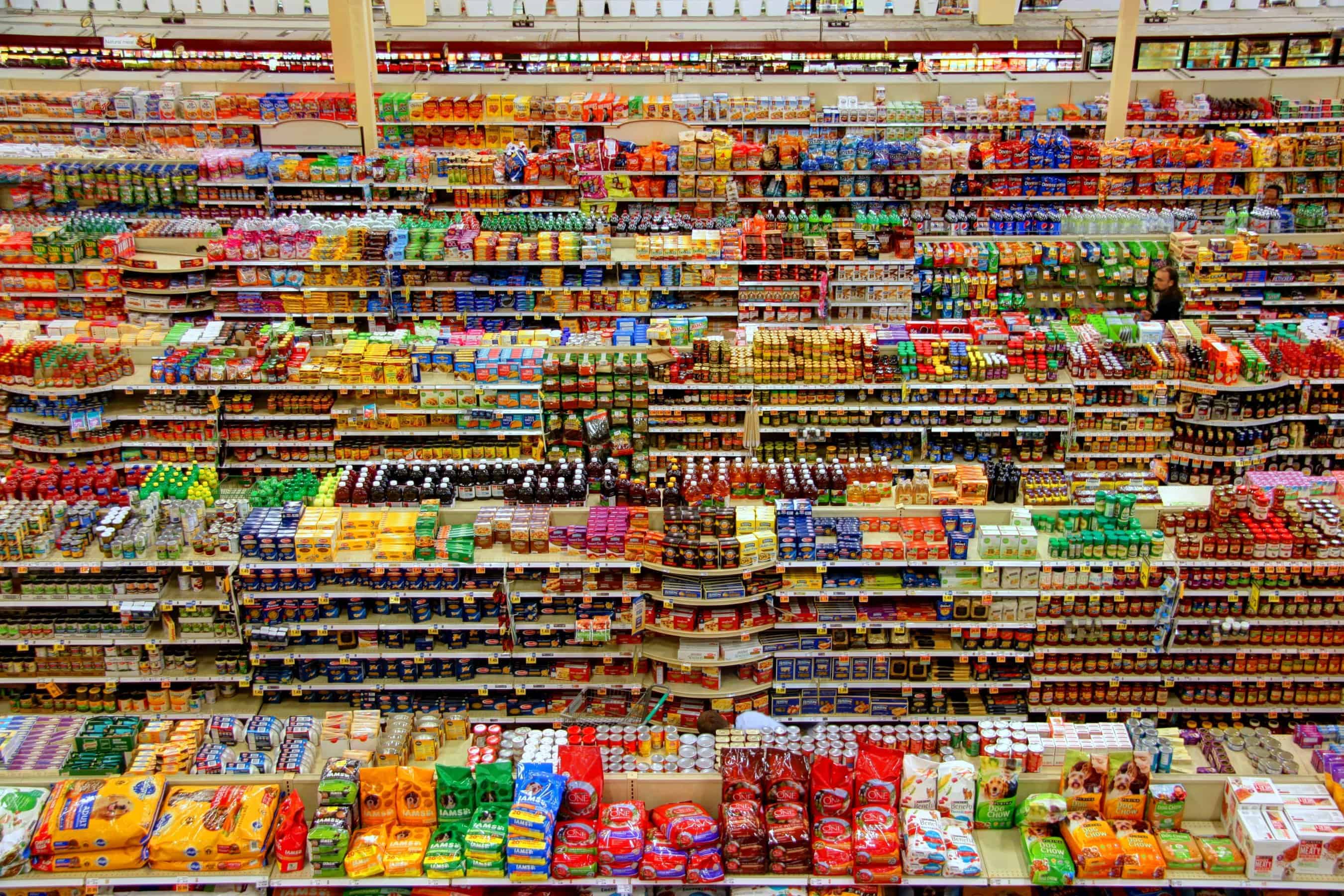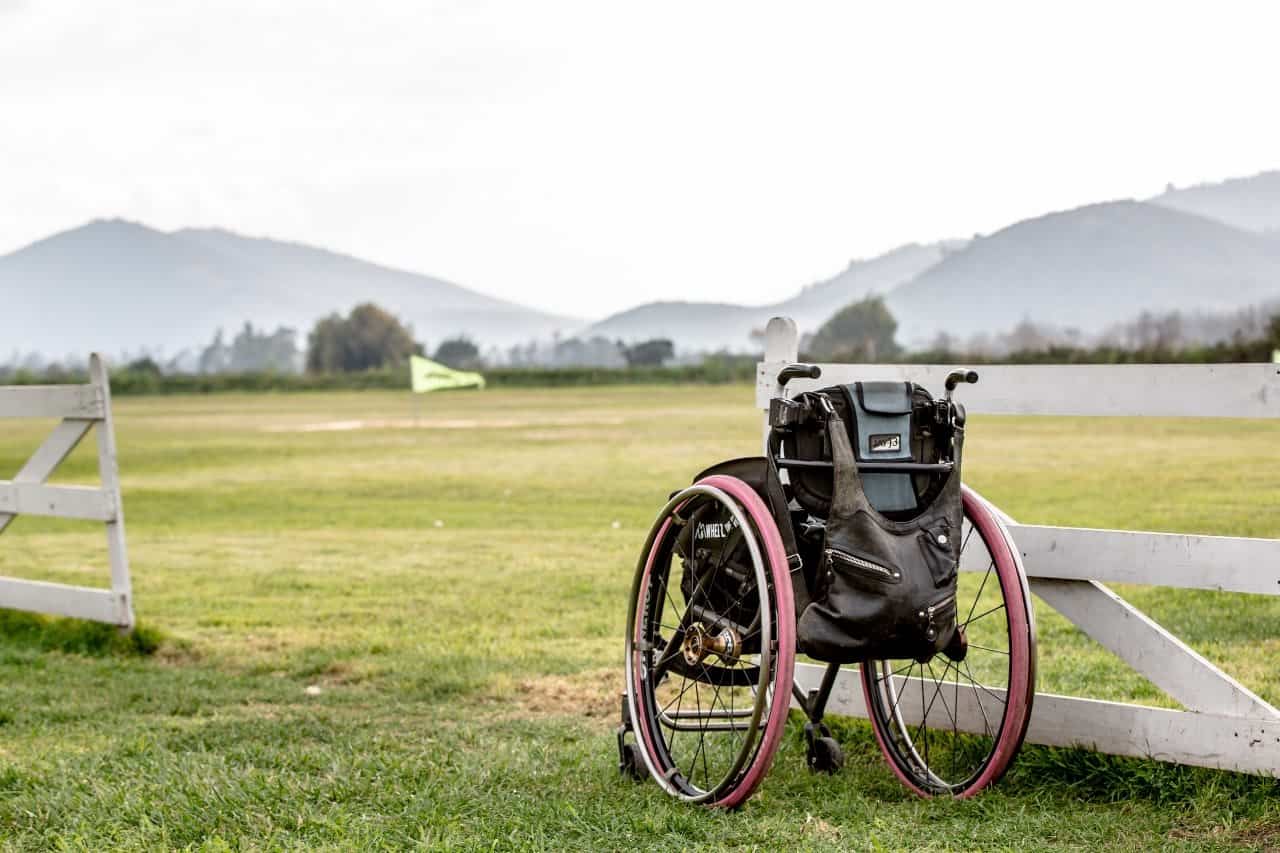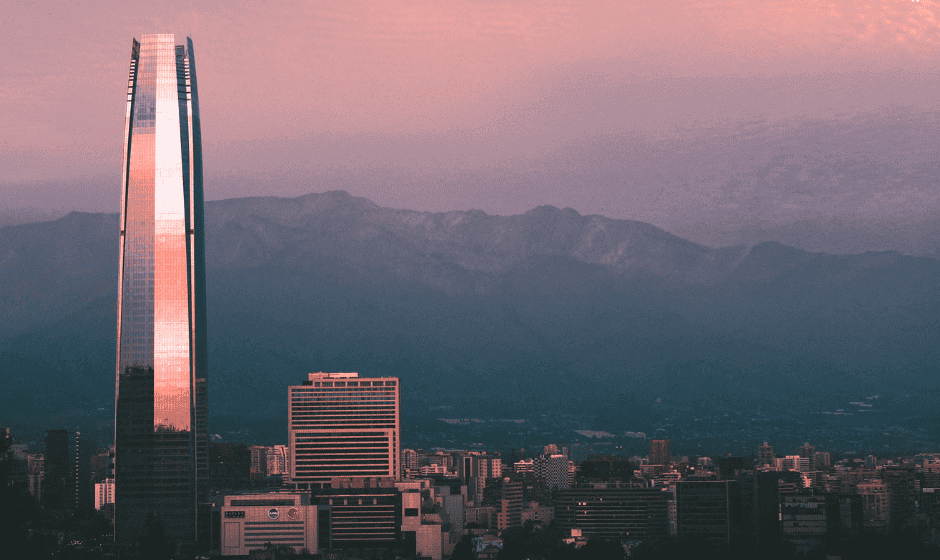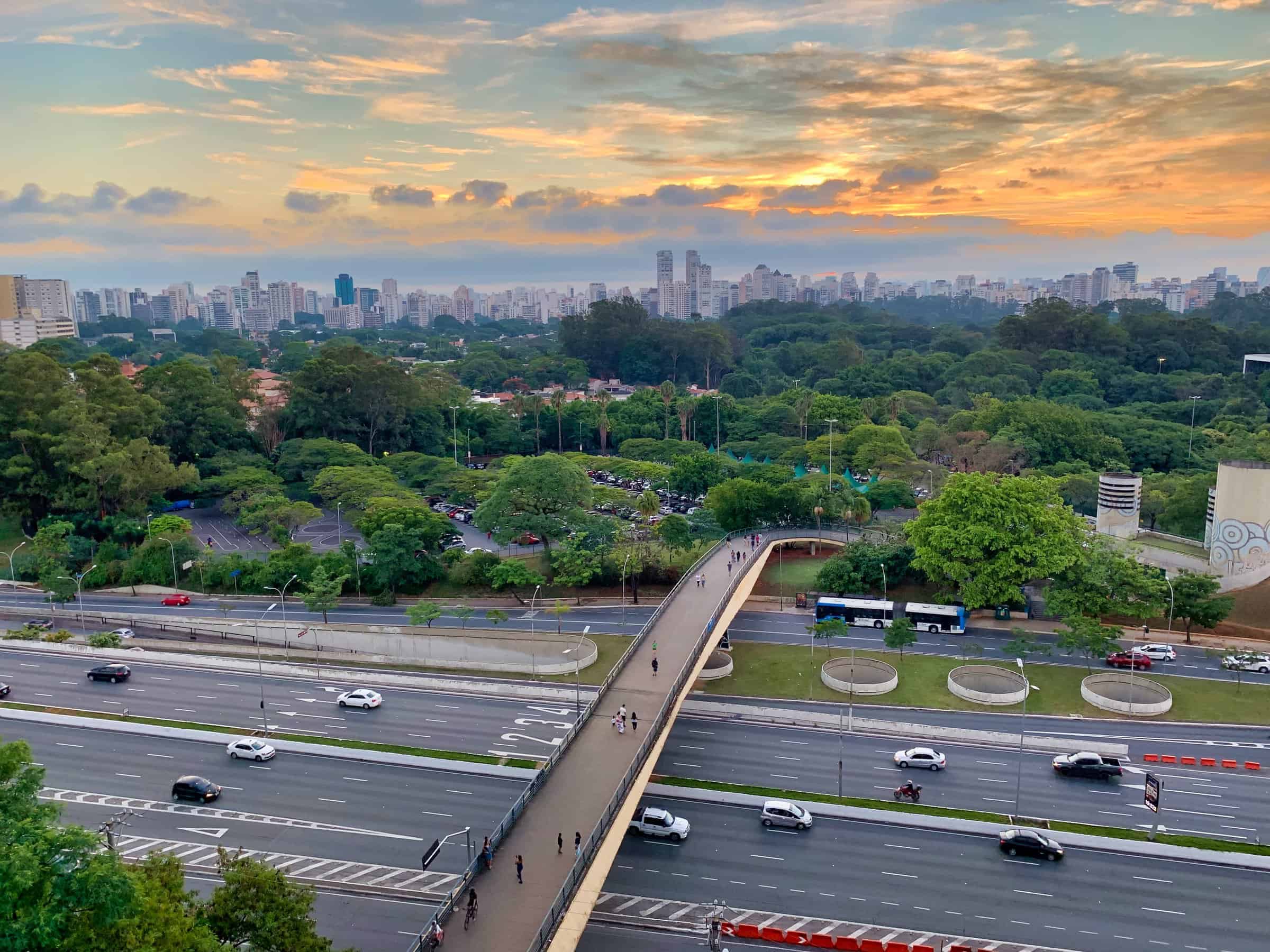Contxto – By now, we all know big retailers are trying to find their way into the online market. That’s not news. What I find extremely interesting and, honestly, a little funny is how tech companies are now turning into retailers.
In Summary
Merqueo, the online grocery-delivery company, expects to end the year with its 12th physical branch store. Also known as “nodes,” these markets are impromptu physical spaces open to the public to purchase goods. There is even a small warehouse integrated into the back of these locations.
Logistic is presumably the motive behind this move. The company wants to build stores closer to households and neighborhoods to shorten distances and optimize travel time for deliverers.
On top of the ones they already have, Merqueo is planning to build 11 more of these branches in strategic cities. Out of the total, eight of these would be in Bogotá.
That’s to say, it intends to offer “express” service to cover half of the city. Mexico City is also on the founder’s 2019 plan, although though no specific date has been provided.
As the ancient Turkish proverb says, “If the people will not come to the supermarket, then the supermarket must go to the people,” or something like that.
In-Depth
Only three months ago did Merqueo open its first branch, according to Portafolio.co’s interview with Merqueo’s CEO, Miguel McAllister.
Not only can customers buy food at these sites but also pick up medicine, recharge accounts, as well as make payments through partnering companies. Soon, Merqueo will also incorporate fashion items.
Users can access these services from Merqueo’s web and mobile platforms, but also from Uber Eats and Domicilios.com now.
“The front is a store and the whole back is a hidden supermarket or an urban warehouse with different products in stock, the sum of these two spaces we call nodes,” said McAllister. “This will allow us to deliver homes in 30 minutes or a little less.”
This is possible due to the company’s pre-determined 3-kilometer radius of coverage between stores and neighborhoods.
The Amazon of Latin America
Since the first store launched in April, positive results seem to be coming from this omnichannel strategy. So far, the startup has seen 50 percent monthly growth.
Moreover, this service is already accounting for 1 percent of its revenue stream. Merqueo is also projected to surpass 10 to 20 percent in the upcoming three years.
Not only is Merqueo optimizing people’s time management by delivering groceries to their home. Even better, it’s an affordable solution, according to the founder.
“With us, it’s about 10% cheaper to buy than a common supermarket.”
Full of ambitious goals, the company hopes to become the “Amazon of Latin America” someday. To get there, it is starting with supermarket items but gradually expanding to other goods. The executive confirms it has already served around 250,000 households between Bogotá and Medellín.
Allegedly, the company’s sales growth fluctuates between 15 to 20 percent every month. Estimates also say that Merqueo will cap the year off at a 300 percent growth. On the same token, it could be doubling the number of households served thanks to its heavy investments in “nodes”.
Last year, Merqueo billed over US$15 million, and it now plans to open 12 stores across Colombia.
Is the future truly digital-only?
This is not the first time we have seen a tech company with “no physical assets” open physical branches. Rappi is a fellow Colombian app that is actually building “dark kitchens” of its own for the same logistical reasons.
I still think it’s too early to call this a “trend”. Right now, it seems more like an experiment among these startups. If this continues, though, we should be able to come to some interesting conclusions.
For instance, the purely digital virtual world everybody envisions for the future truly can’t be separated from the physical world. Rather, it should be a well-balanced synergy between the two “dimensions.”
I’m excited to see how this unfolds.
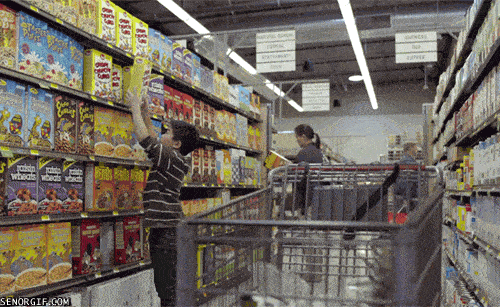
-VC
